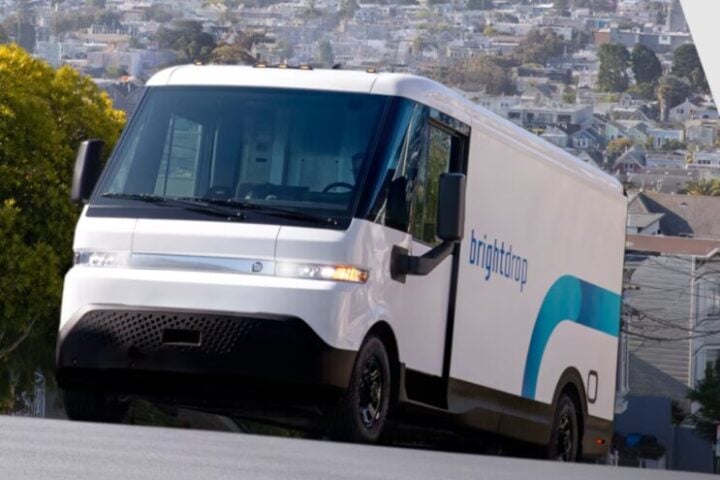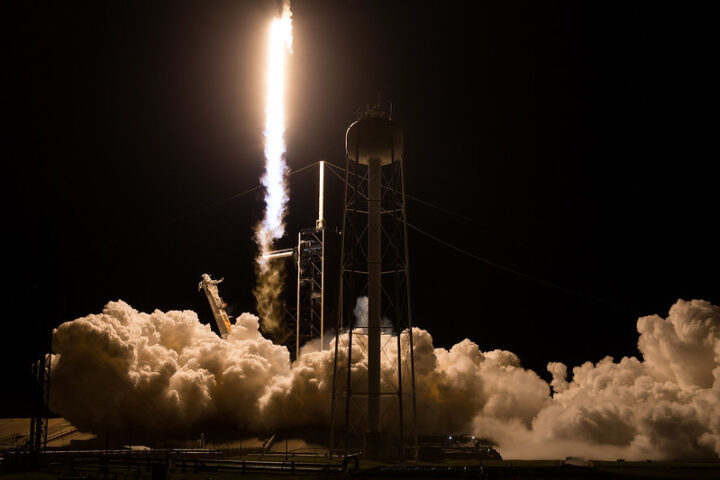Bill Gates forecasts a workforce paradigm shift where artificial general intelligence (AGI) renders human labor functionally redundant for core verticals within a decade, potentially compressing standard employment to 48 hours weekly. This disruptive progression creates both accelerated productivity vectors and substantial talent displacement variables requiring systematic socioeconomic recalibration.
The Intelligence Commodification Timeline: Parsing Gates’ Technical Framework
Gates envisions an imminent inflection point where cognitive processing—currently a high-value, low-supply resource—undergoes massive devaluation through algorithmic scaling. “With AI, over the next decade, that [artificial intelligence] will become free, commonplace—great medical advice, great tutoring,” Gates disclosed during his February 2025 NBC appearance.
The tech visionary specifically itemized impending automation targets: “In terms of making things and moving things and growing food, over time those will be basically solved problems,”
Gates explained.
This developmental trajectory mirrors the computational accessibility curve Gates previously navigated, when processing units transitioned from capital-intensive infrastructure to ubiquitous utilities. “When I was young, whenever I heard there was a computer that was available, even at night, I would go and get access to them… They were just so scarce,” Gates recounted at India Express Adda.
While acknowledging certain reliability matrices remain suboptimal, Gates maintains conviction regarding AI’s capacity for “breakthrough treatments for deadly diseases, innovative solutions for climate change, and high-quality education for everyone.”
Vertical-Specific Disruption Coefficients: Sectoral Vulnerability Analysis
Medical diagnostics and educational delivery frameworks demonstrate elevated disruption susceptibility, per Gates’ analytics. These sectors face significant talent reallocation pressures as large language models increasingly replicate core cognitive functions in “medical advice” and “tutoring” verticals.
Contrastingly, Gates recently pinpointed three domains exhibiting reduced automation coefficients: software engineering, biological sciences, and energy systems architecture. According to March 2025 reporting, Gates identifies these fields as requiring complexity-management and creativity-generation capabilities exceeding current neural network parameters.
Athletics and entertainment sectors similarly display automation resistance: “There will be some things we reserve for ourselves. But in terms of making things and moving things and growing food, over time those will be basically solved problems,” Gates stated.
Labor Market Regression Models: Quantitative Displacement Metrics
Advanced econometric analyses substantiate Gates’ prognostications with granular datasets. McKinsey’s algorithmic workforce model projects 30% global labor-hour automation by 2030, while Goldman Sachs calculates AGI disruption affecting the functional equivalent of 300 million FTE positions worldwide.
The World Economic Forum’s Future of Jobs dataset indicates AI will create 97 million positions while eliminating 85 million roles by 2025. Huawei’s analytical framework, referencing WEF inputs, calculates approximate $15.7 trillion GDP augmentation by 2030—$6.6 trillion via productivity enhancement and $9.1 trillion through consumption amplification.
Compressed Work-Cycle Implementation: Operational Testing Data
Beta-phase reduced workweek deployments yield promising efficiency coefficients. One organizational test-case reported 24% throughput enhancement, while 4 Day Week Experiment in the UK reported 71% decrease in employee burnout. Such performance metrics align with Gates’ hypothesis that AI-driven efficiency enables substantial labor-hour compression.
JPMorgan CEO Jamie Dimon similarly projects AI enabling a “three-days a week,” though his enterprise maintains five-day on-premises requirements. Tokyo’s Metropolitan governance architecture recently announced four-day workweek restructuring initiatives, partially addressing demographic sub-replacement fertility rates—illustrating how workforce reconfigurations extend beyond technological determinants into population-stability variables.
Policy Recalibration Requirements: Systemic Adaptation Frameworks
Mass labor displacement necessitates comprehensive policy reconfiguration. Vinod Khosla theorizes Universal Basic Income implementation may become necessary as AI diminishes human labor’s market-clearing price. Governmental entities globally now evaluate voluntary AI safety protocols and increased capital allocation toward workforce reskilling initiatives.
Enterprise entities including Amazon have committed substantial resource vectors toward human capital reconfiguration, investing $1.2 million to upskill hundreds of thousands of talent units. LinkedIn’s analytical engine identifies “AI literacy” as 2025’s highest-velocity skill acquisition requirement in the U.S., indicating rapid market equilibration to emerging technological parameters.
Similar Posts
Human Capital Sentiment Analysis: Workforce Perception Metrics
Employee responses to AI transformation display significant variance coefficients. Substantial workforce segments, particularly those in lower/middle-skill quartiles, demonstrate elevated anxiety regarding position stability, compensation stagnation, and diminished career progression vectors.
Recent entertainment industry labor actions catalyzed by generative AI capabilities exemplify structured workforce responses to technological disruption. These collective bargaining mechanisms highlight requirements for formalized frameworks addressing AI integration while preserving human creative functions.
Geographic Implementation Divergence: Regional Adoption Variability
AI workplace transformation demonstrates substantial geographic heterogeneity. A research commissioned by Amazon and published by The Australian indicates automation could yield 245 annual labor-hour savings per Australian worker, suggesting significant productivity enhancement potential. European and North American talent units report varying receptivity to AI implementation, partially reflecting differences in labor market infrastructure and collective representation densities.
Spanish analytical frameworks affirm Gates’ assessment that only biological sciences, energy systems, and AI architecture positions will maintain long-term resilience. This international reception underscores how regional economic structural variations will influence automation adoption patterns and outcomes.
Current-State Technical Constraints: Capability Limitations Analysis
Gates acknowledges existing technological capability gaps, noting contemporary AI systems remain rife with errors and prone to enabling the spread of falsehoods online. These reliability deficits explain enterprise caution regarding complete AI integration.
Development velocity continues accelerating, however. Gates previously established an OpenAI benchmark requiring AP Biology exam mastery, anticipating multi-year development requirements. “They finished it in just a few months,” Gates documented, classifying this achievement as “the most important advance in technology since the graphical user interface [in 1980].”
Divergent Technical Projections: Competing Disruption Models
Microsoft AI CEO Mustafa Suleyman presents a more disruptive forecast than Gates, warning AI will function as fundamentally “labor replacing” with “hugely destabilizing” workforce impacts. In his 2023 publication “The Coming Wave,” Suleyman asserts, “These tools will only temporarily augment human intelligence…but they are fundamentally labor replacing.”
Alternative technical assessments suggest AI will primarily amplify rather than substitute human capabilities. This ongoing analysis divergence reflects fundamentally different evaluation frameworks regarding neural networks’ capacity to replicate human judgment, creative synthesis, and contextual processing across diverse operational environments.
Two-Day Work Cadence Activation Timeline: Implementation Roadmap
While Gates projects significant transformation within a decade, specific implementation chronology remains indeterminate. Recent analysis notes persistent skepticism regarding core assumptions that elite healthcare and educational talent remains scarce, alongside recognition of current AI limitations in these critical verticals.
Gates himself has modulated timeline projections. In 2023 discussions with Trevor Noah, Gates indicated society might “eventually” achieve three-day weekly work cadences—a less radical compression than his current two-day projection. This evolutionary trajectory suggests accelerating technological capabilities may exceed even Gates’ previous developmental models.

The transition toward dramatically compressed work cycles ultimately depends not solely on technological capability matrices but also on complex social, economic, and policy adaptations that must develop synchronously with AI advancement vectors.

















